
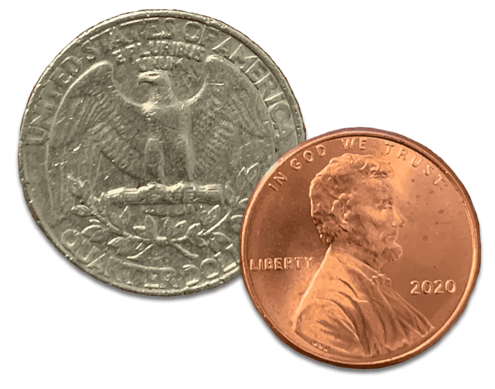
Maybe you dropped it into a soda machine. Or you flipped it playing heads or tails. Chances are, you've used a coin today. But when was the last time you looked closely at a coin? Without peeking, can you remember what's on both sides of a penny or a quarter?
Coins may seem like everyday objects, but they can tell a lot about the people who use them. Think about what's on a typical coin and the clues it can provide. For example:
- Dates usually tell when a coin was made. Along with the coin's image, the date could reveal when an important event happened, like the inauguration of a queen.
- Names of places tell where a coin was made. This can show who made and used the coin. If a coin is found in a place that is far away from where it was made, this may be a clue to trade or travel between the two places.
- Images show important places, people, or symbols. A coin may show a deity (god), a ruler, or a government building. These images reflect things that are important to a culture.
- Mottos (or wise sayings) also reflect a culture's values. (Think of the word "Liberty" on all U.S. coins.) These words may even confirm what languages were spoken by a certain culture.
- The materials a coin is made of show what metals or minerals were available (or valuable) at different places and times.
It's not just what's on a coin that interests archaeologists—it's also where a coin is found. If a coin is discovered among ruins or alongside other artifacts, it may help archaeologists determine the site's time period. By examining the dates of coins, archaeologists can usually date the artifacts or ruins that they find.
Try making your own coin that tells something special about you.
What You'll Need
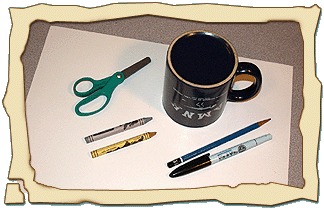
The Materials
- Paper
- Pens, pencils, and crayons
- White cardboard or sturdy white construction paper
- Something round to trace, like a cup, soda can, or lid
- Scissors
What To Do
Create Your Piece of History


Your coin is going to represent something about you. Think about the information you'll include. What place will your coin represent? Your school? Your town? What images reflect something about you or where you live? Do you have a motto or wise saying that you like? What would all these things tell about you? What do they tell about the time and place in which you live? Write down some of your ideas and sketch your images on a piece of paper. (Remember, your coin has two sides to work with!)

Use a cup to trace a circle on a piece of cardboard or sturdy construction paper.
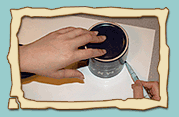
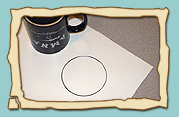

Along the edge of the circle, write the place where your coin was made. Then write the year your coin was made.
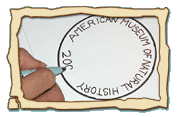

Draw a picture to represent you or where you live. It could be an important place, event, or symbol.
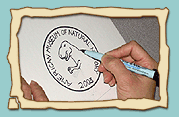

Cut out the circle with scissors.
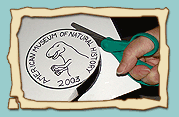

Draw a picture of a place or a building on the back side of the coin. You might also want to include a motto in small letters.
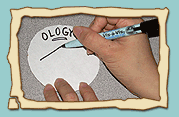
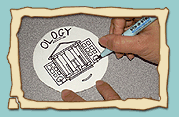

Color in both sides as if the coin is metal, and you're done!
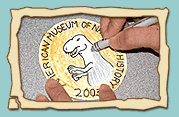
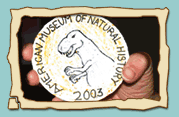
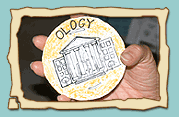
Try This: Carve a Coin
Take a close look at a coin in your pocket and you'll see it's not actually flat. Pennies, nickels, dimes, and quarters have a unique thickness. They also have different textures and patterns around the edges. Use sculpy to make a more realistic, three-dimensional model of your coin. First, work on your coin's size, thickness, and textures. Then use toothpicks to carve the words and images into the surface.
Global Coin Collections
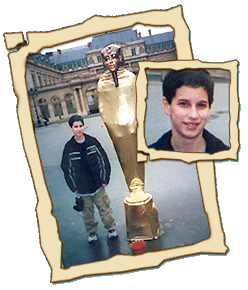
David is a kid who likes to collect coins from around the world. To check out the coins he's collected, click on the link below to download the PDF.
Image Credits:
Photos: What to Do (all photos): courtesy of AMNH; Global Coin collection: courtesy of David Markowitz; Coin Gallery: courtesy of AMNH, Roderick Mickens




 Biodiversity
Biodiversity
 Brain
Brain
 Genetics
Genetics
 Marine BiOLogy
Marine BiOLogy
 MicrobiOLogy
MicrobiOLogy
 PaleontOLogy
PaleontOLogy
 ZoOLogy
ZoOLogy
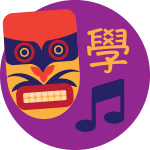 AnthropOLogy
AnthropOLogy
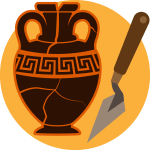 ArchaeOLogy
ArchaeOLogy
 Astronomy
Astronomy
 Climate Change
Climate Change
 Earth
Earth
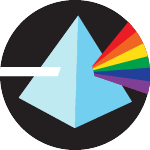 Physics
Physics
 Water
Water

